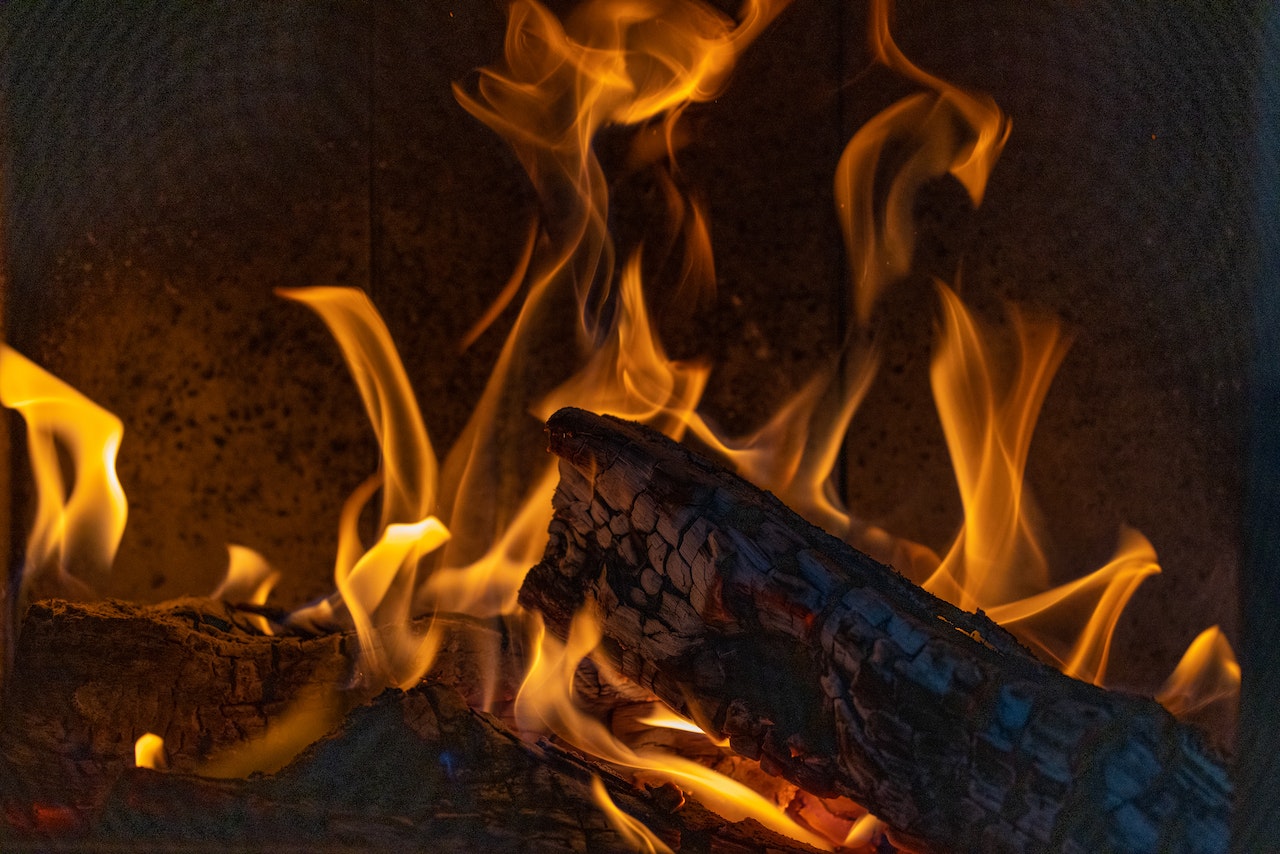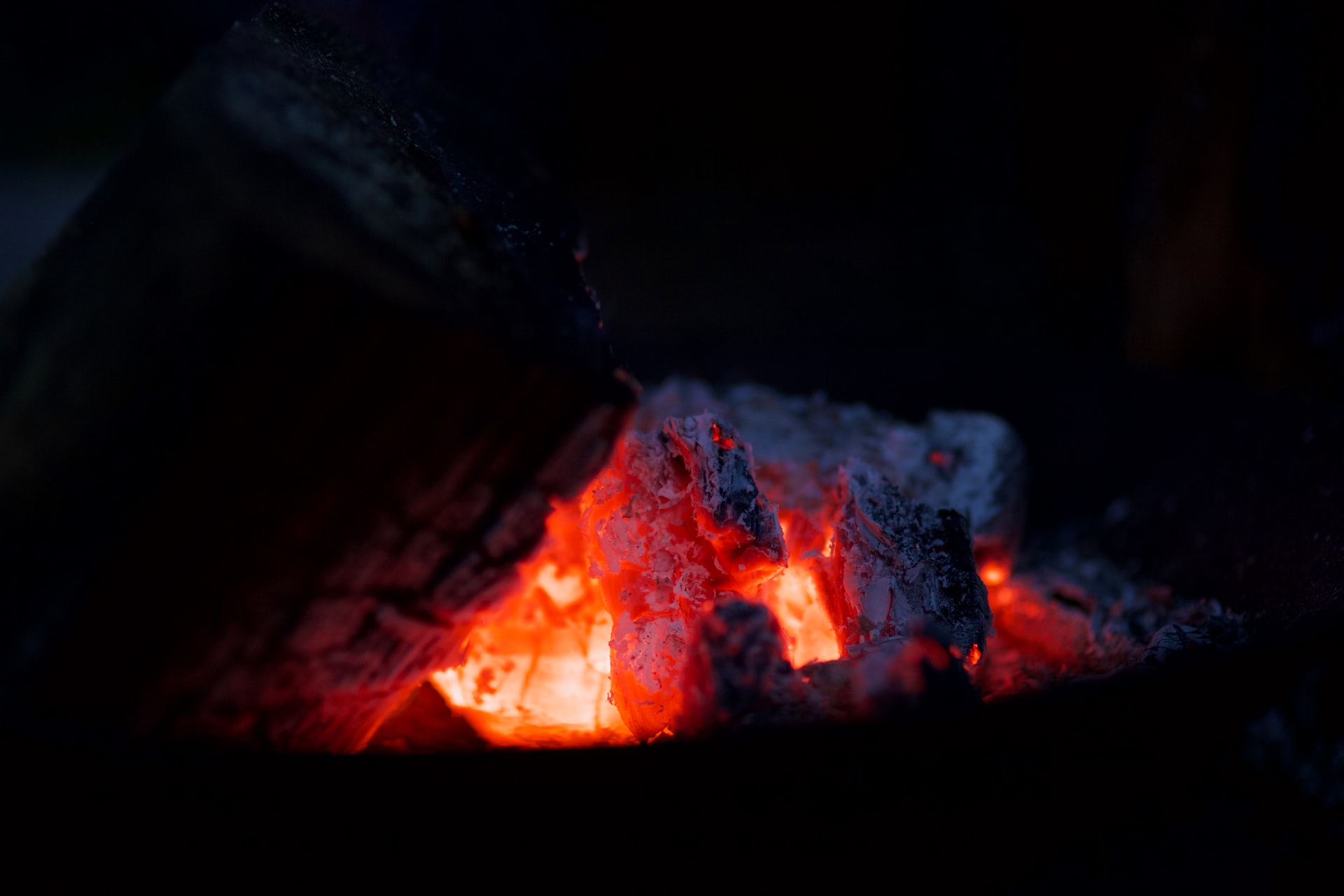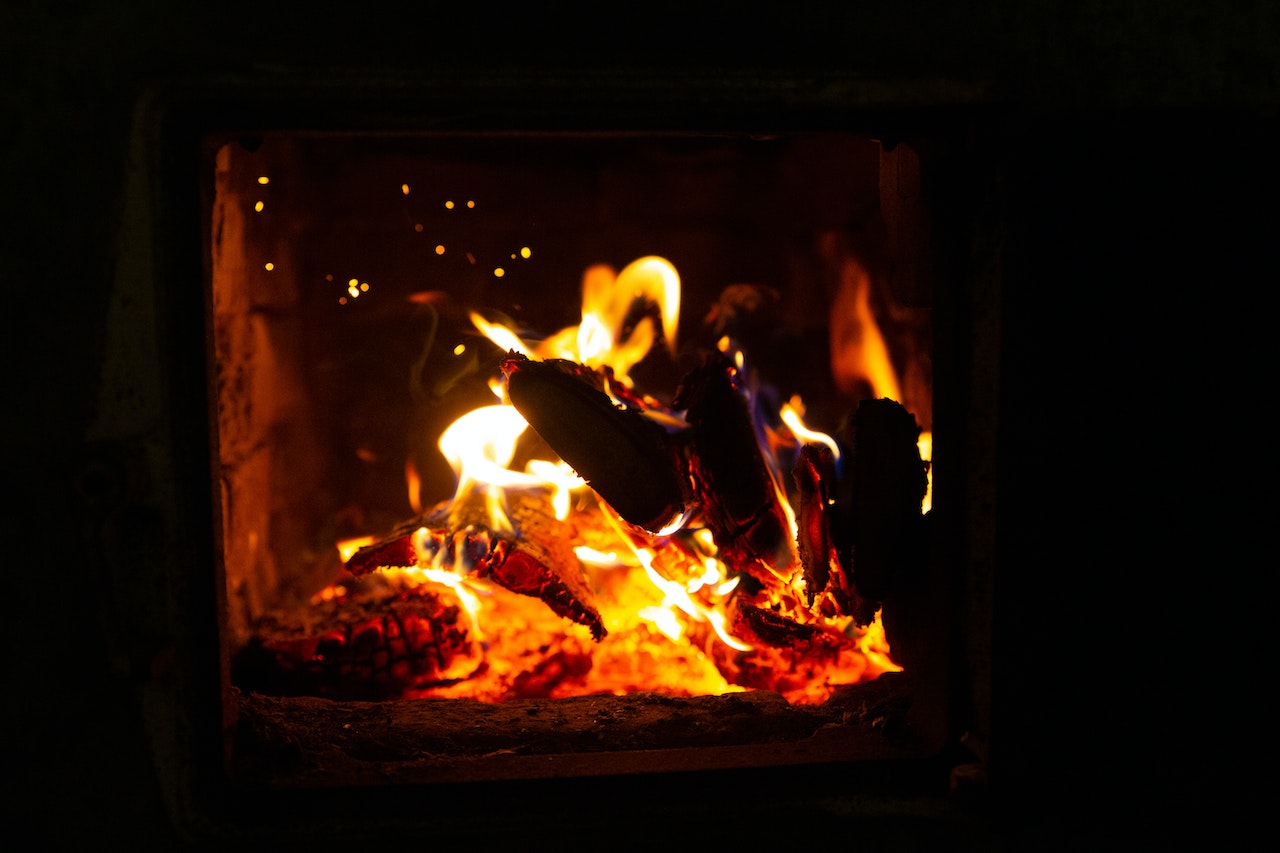1st Problem
Look inside the furnace’s inspection window. Make sure all debris is removed from the blower. A red or green flashing light should also be present.
To be certain, consult the handbook. If the light is green, everything is well; if it is red, contact service. And if there is no light, the thermostat, blower motor, run capacitor, furnace control board, or transformer could be at fault.
2nd Problem
The blower is situated in between the furnace and the return ductwork. The blower sends cool air into the heat exchanger, where it is warmed before entering the plenum and supply ducts that distribute it throughout your home.
A Furnace Repair Langley that runs nonstop could indicate that a repair is required. Verify that “continuous fan” is not selected as the thermostat setting.
Reduce the temperature to check if this solution resolves the issue.
A malfunctioning limit control switch may also be the cause of a gas furnace blower that won’t stop. (which could use a reset or replacement).
3rd Problem
It’s not typical to hear rattles, squeaks, or rumbles. The sounds could be caused by a technical issue, reduced airflow, or a blocked burner.
A furnace may occasionally be operating normally but loudly. If you can identify the source of the noise as air moving through the ductwork, you might be able to reduce the noise by insulating the ductwork.
If the furnace’s actual system is making strange noises, either the pilot light has to be adjusted or the blower motor lubrication ports need to be oiled. The belts or even the burner could have a problem.
What distinct noises are you hearing coming from your furnace?
a. Pinging or popping sounds could be caused by the ductwork’s thermal expansion, which occurs as it heats up and cools down.
b. Rumbling sounds: panels that are loose may need to be tightened.
c. Squealing sounds may be caused by a slipped belt connecting the motor and the fan. or a new belt is required.
d. When you hear grinding, you should probably call a furnace repairman. Motor bearings require maintenance. (source)
The Spruce, a website devoted to providing useful, in-the-middle advice to help you make your greatest home, developed a list of furnace sound identifications.
They offer a list of typical furnace-related noises, including scraping, thumping, buzzing, banging, and rumbling, as well as their potential causes, helping you to better explain the issue to your specialist.
4th Problem
Check the vents as you make your way through the entire house to make sure nothing is obstructing them.
The holes of one or more vents may be blocked by a piece of furniture or a curtain, which prevents heat from escaping.
5th Problem
An essential safety component of your gas heating equipment is the flame sensor. It protects your furnace against the wrong burning of fuel, and a dirty flame sensor could make your furnace work incorrectly.
The flame sensor often takes the shape of a rod that is located close to the back of the furnace, directly in the burner’s path.
Cleaning the Sensor:
Step 1: At the breaker box, turn off power to the furnace.
Step 2: If at all possible, take the furnace’s sensor out.
Step 3: Gently scrub the sensor to get rid of dirt and dust.
Reattach the sensor in step four.
Step 5: Restart the furnace’s electricity
If the flame sensor is not cleaned properly over time, oxidation or carbon buildup may inhibit the flame sensor’s functionality and result in furnace problems.
“You can take a micro amp draw reading, which can be provided to you by a qualified furnace technician, to verify whether an unclean flame sensor is to blame for a furnace malfunction.
If dirt was the only contributing factor, you would see a noticeably higher amp reading; if the reading does not change, a technician will continue with the furnace repair diagnostic process. If a dirty flame sensor is to blame, the furnace expert will clean the sensor with steel wool “A Flame Sensor’s Function and Relevance
Challenge 6
From the main gas inlet to the furnace burners, inspect the whole gas line.
Follow the gas line while standing next to the furnace. It might be shut, or the switch might have been off.
Verify the functionality of your hot water tank. If not, there might be a problem with the house’s gas supply. Setting the gas line to “Open” is recommended.
Check to see if the pilot light is lighted if the furnace has one. In the off-season, a pilot light could be extinguished.
It is easy to relight the pilot. Ordinarily, instructions are posted on the furnace’s side.
After a few tries, if the pilot light won’t stay lit, you could need a professional repair.
 Challenge 7
Challenge 7
If there is a strong stench of gas and you suspect a leak, you should leave your house right away and call your gas utility provider.
Your gas furnace won’t run as efficiently if there is a gas leak. But more significantly, it could pose a serious threat to your family’s health.
8 Problem
Remove debris and leaves from the intake and exhaust vents of heat pumps.
“Check for obstructions in the intake or exhaust pipes of a furnace that vents out the side of the house; if either pipe is covered with screen mesh (like window screen), replace it with 1/2-in.-mesh hardware cloth.
Clear the ice from the pipe and call a technician to diagnose the issue if it persists. If ice is clogging one of the pipes, you have a larger issue somewhere in the system.
Before the heating season begins, spray it off gently from the top to rinse dirt and debris out of the housing if you have a heat pump. Remove grass and leaves from the fins of the outdoor compressor unit “source
9th Problem
Although they are made to last for many years, furnaces do not operate indefinitely.
You might not be getting the full heating productivity you’re paying for if your specific heating equipment has reached or exceeded the manufacturer’s warranty period.
Perhaps it’s time to upgrade your HVAC system.
CONCLUSION:
I am aware that this post shown to you how to resolve some typical furnace issues.
Have you ever attempted any of the DIY repairs?
Regular system inspections, at least as frequently as the manufacturer advises, can stop a small fix from turning into a big job.
Although DIY repairs can be rewarding and economical, it’s crucial to make sure you have the necessary abilities before doing any work on your furnace.
You might require the support of a furnace repair expert if the advice provided does not assist you in identifying or resolving issues or if it is beyond your degree of expertise.

